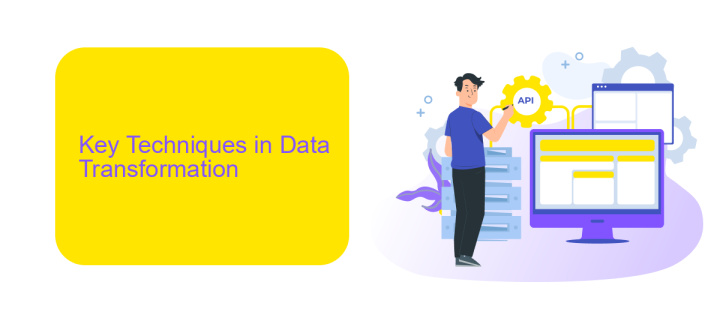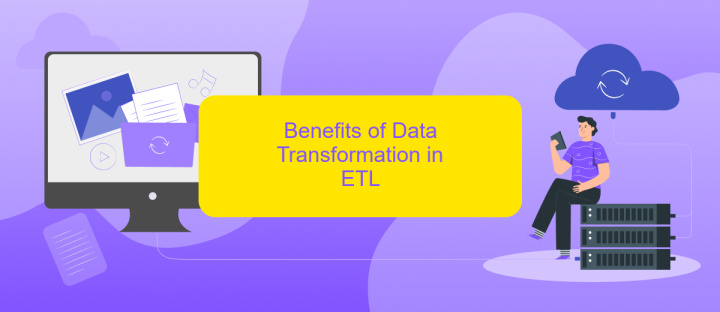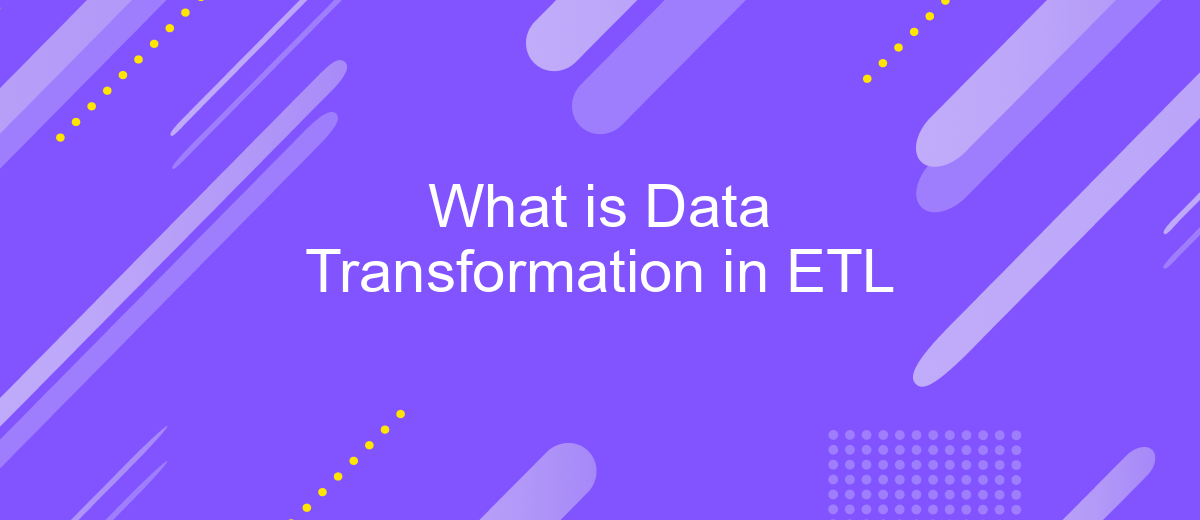What is Data Transformation in ETL
Data transformation is a crucial step in the ETL (Extract, Transform, Load) process, which involves converting data from its original format into a format suitable for analysis and reporting. This step ensures data quality, consistency, and compatibility with the target system, enabling organizations to derive meaningful insights and make informed decisions. Understanding data transformation is key to optimizing data workflows and achieving accurate results.
Introduction to Data Transformation and ETL
Data transformation is a critical component of the ETL (Extract, Transform, Load) process, which is essential for preparing data for analysis. It involves converting data from its original format into a format that can be easily analyzed and used for decision-making. This transformation process ensures that data is clean, consistent, and usable.
- Extract: Retrieving raw data from various sources.
- Transform: Converting the extracted data into a usable format.
- Load: Loading the transformed data into a target database or data warehouse.
Effective data transformation requires robust tools and services. One such service is ApiX-Drive, which simplifies the integration of various data sources and automates the transformation process. By using ApiX-Drive, organizations can streamline their ETL processes, ensuring that their data is ready for analysis and decision-making. This leads to more accurate insights and better business outcomes.
Key Techniques in Data Transformation

Data transformation is a crucial step in the ETL process, involving several key techniques to ensure data is accurate, consistent, and usable. One primary technique is data cleansing, which involves identifying and correcting errors or inconsistencies within the data. This step is essential for maintaining data quality and ensuring that subsequent analyses are reliable. Another important technique is data normalization, which restructures data into a standard format, making it easier to integrate from multiple sources.
Additionally, data enrichment enhances the value of the data by adding relevant information from external sources. This can involve integrating third-party data or utilizing services like ApiX-Drive to automate data flows between different platforms. Data aggregation is another technique, where data is summarized to provide a clearer overview, facilitating more straightforward analysis. Finally, data transformation often includes data reduction, which simplifies datasets by removing redundant or irrelevant information, thereby improving processing efficiency and performance.
Benefits of Data Transformation in ETL

Data transformation in ETL (Extract, Transform, Load) is a crucial process that enhances the usability and quality of data. By transforming raw data into a structured and meaningful format, businesses can make more informed decisions and streamline their operations.
- Improved Data Quality: Transformation processes, such as data cleansing and normalization, help in correcting errors and inconsistencies, ensuring accurate and reliable data.
- Enhanced Data Integration: By standardizing data formats, transformation facilitates seamless integration from multiple sources, making it easier to combine and analyze data.
- Better Decision-Making: Transformed data provides a clearer picture of business metrics, enabling more informed and timely decisions.
- Increased Efficiency: Automated transformation processes reduce the time and effort required for manual data handling, leading to operational efficiency.
Services like ApiX-Drive can significantly simplify the data transformation process by automating the integration of various data sources. With ApiX-Drive, businesses can easily set up workflows that transform and route data efficiently, ensuring that the information is always ready for analysis and decision-making.
Challenges and Best Practices in Data Transformation

Data transformation in ETL processes presents several challenges, including handling diverse data formats, ensuring data quality, and maintaining data lineage. These challenges can lead to inconsistencies and errors if not properly addressed. Additionally, the volume and velocity of data can complicate the transformation process, requiring robust solutions to manage scalability.
To overcome these challenges, organizations must adopt best practices that ensure efficient and accurate data transformation. These practices include leveraging automated tools and platforms, such as ApiX-Drive, which facilitate seamless integration and transformation of data from various sources. Utilizing such services can significantly reduce manual effort and minimize errors.
- Standardize data formats to ensure consistency.
- Implement data validation and cleansing procedures.
- Use scalable solutions to manage large data volumes.
- Maintain detailed documentation to track data lineage.
- Leverage automated tools like ApiX-Drive for integration and transformation.
By following these best practices, organizations can enhance their ETL processes, ensuring accurate and reliable data transformation. This not only improves data quality but also supports better decision-making and analytics. Employing tools like ApiX-Drive further streamlines the process, providing a robust solution for managing complex data transformations efficiently.
- Automate the work of an online store or landing
- Empower through integration
- Don't spend money on programmers and integrators
- Save time by automating routine tasks
Case Studies and Real-World Examples
One notable case study involves a retail company that leveraged data transformation to optimize its inventory management. By integrating various data sources such as sales reports, supplier information, and customer feedback, the company was able to transform raw data into actionable insights. This transformation process allowed them to predict demand more accurately, reduce overstock situations, and streamline their supply chain operations. The result was a substantial decrease in inventory costs and an increase in customer satisfaction due to better product availability.
Another real-world example is a healthcare provider that utilized data transformation to enhance patient care. By aggregating data from electronic health records (EHR), lab results, and patient feedback, the provider could create a comprehensive view of each patient's health. Using services like ApiX-Drive, they automated the integration of these diverse data sources, ensuring real-time updates and accuracy. This enabled healthcare professionals to make more informed decisions, improve treatment plans, and ultimately, achieve better patient outcomes.
FAQ
What is Data Transformation in ETL?
Why is Data Transformation important in ETL?
What are some common Data Transformation techniques?
How can I automate Data Transformation in ETL?
What challenges might I face during Data Transformation in ETL?
Time is the most valuable resource in today's business realities. By eliminating the routine from work processes, you will get more opportunities to implement the most daring plans and ideas. Choose – you can continue to waste time, money and nerves on inefficient solutions, or you can use ApiX-Drive, automating work processes and achieving results with minimal investment of money, effort and human resources.


